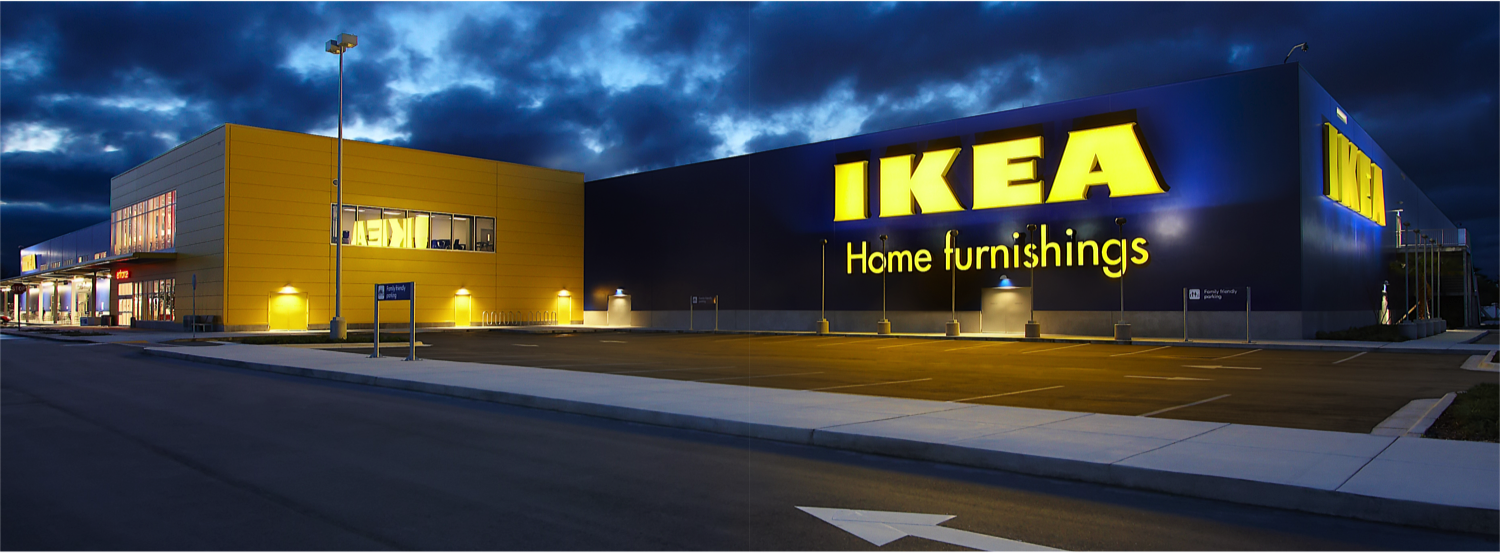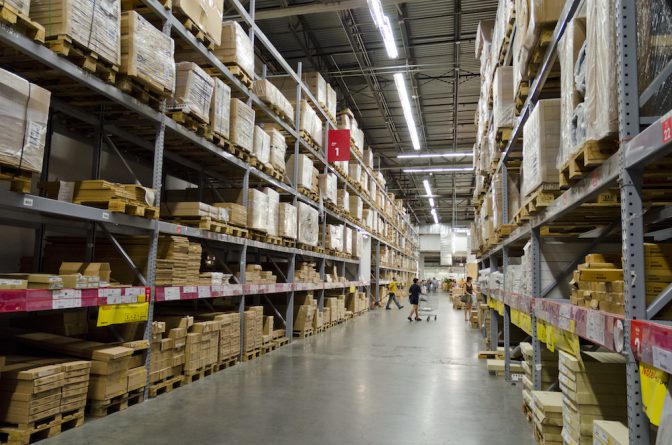None can deny the critical importance of China’s market to global corporations and their leadership. With a population of over 1 billion consumers, China has become a proving ground for CEOs, an integral influencer in the international stock market, and the country where corporations learn to prototype innovate products for a massive, diverse base of customers and clients.
Above all, China’s high-stakes market dynamics fundamentally rest in the hands of its outspoken consumers. IKEA learned this the hard way.
The furniture franchise currently struggles against a storm of attacks from its recent scandal surrounding the recall of 36 million chests and drawers, escalated on the basis that the recall did not initially extend to consumers in China. While some have questioned whether IKEA is truly at fault for the disparity in recall procedures between the U.S./Canadian and the Chinese branches of the franchise, many online consumers hold the furniture giant responsible – and the online arena is precisely where the unique power of consumer behavior gathers influence and momentum.
Now, more than ever before, is a time where firms like IKEA that seek to strengthen and extend their reach in the Asian markets need to get things right with consumer relations the first time. There are three main takeaways from IKEA’s example of dealing with 21st-century stakeholders: firms need to be proactive in their understanding of their markets and operations, maintain responsible consumer engagement practices, and listen to the voices of the people who will not be silenced.

BE PROACTIVE WITH INFORMATION GATHERING
With any sector, department, or region handled by a firm, it is imperative to know and understand your market, and nowhere is this more critical than in China. A firm should always be well-positioned and well-prepared with complete comprehension of its stakeholders, consumer expectations and needs, and up-to-date knowledge of the firm’s own operations.
Ideally, this should be standard practice before a crisis strikes.
“A sound crisis management strategy starts with preparation long before the onset of an actual crisis,” says the Public Relations Council in their social media crisis management white paper. “While it’s impossible to plan for every future scenario… identify the potential threats that are both most likely to happen and most likely to cause harm,” the PR Council advises. Such threats can be internal, resonating with risk factors within your company, and external, amplifying the state and climate of the consumer base your company serves.
This is where IKEA fell short. The true root of their error rested not in the flaw or their product or the need to make the recall, but in the gap in their understanding of those consumers’ behavior and typical reactions to shortcomings in product and process. Their failure to recall the products for their Chinese consumers when they did recall the products sold in Western countries incited a notable public outcry that the Chinese market was not receiving the same policy standards of their North American counterparts.
Armed with a profound degree of interconnectivity through social media, consumers of 2016 are empowered and know their rights. Moreover, Chinese consumers benefit from strength in numbers, swelling with emboldened leverage born of collective action in the world’s most populous nation. They rightfully expect the same treatment as the consumers of the global west, and when faced with inequity, or in the case of IKEA, a “double standard”, they are quick to condemn corporations en masse.
“It is a discrimination against Chinese if IKEA refused to recall its problematic products in China. They shouldn’t hold double standards. They must recall the items,” said one Weibo user. Some Chinese social media users even called to mobilize a boycott against IKEA, an action that would heavily damage the company’s performance in one of its most critical markets worldwide.
One week ago today, IKEA finally relented with a voluntary extension of the recall to Chinese consumers, a full two weeks after the recall notice to the U.S. and Canada.
The backlash should not have taken IKEA by surprise, given the number of brands that have been involved in media- and social media-led scandals in recent years (see the cases of Yum! and Apple), and the impact that those scandals have had to their bottom lines (Yum!). They should have proactively understood the consumers they served and been prepared to deal with the crisis accordingly.
The corporate world saw a similar example of the problems firms face when they lack to-date information of the markets in which they operate and their operations themselves in the Yum! Brands food safety scandal, where the company lost 40% of their customer traffic in a single quarter following the crisis. Time will tell what financial setbacks will hit IKEA in the wake of the dresser recall.

BE INTENTIONAL WITH CONSUMER ENGAGEMENT
When crisis strikes, you don’t want to be caught without information – but more importantly, you want to maintain consistent, genuine communication with your most critical stakeholders: your consumers.
In the Digital Age, firms and corporate leaders can no longer afford to stall on issuing public statements and answering the media’s pertinent questions. Communication through social media, online forums, and news sources is instantaneous, continuous, and almost universally accessible all day, every day.
With this in mind, firms should be prompt and authentic in their responses to accusations. Be upfront with what you know in your initial responses, be transparent about what steps are being taken to get to the bottom of the incident or accusations, and foster and maintain the conversation with your consumers. “Your very first public statement of the crisis will set the tone for how your brand is perceived throughout it – so show sensitivity, and humility if appropriate, and ensure that people know they are your first priority,” says Nick Sharples, CEO of Twitter-monitoring firm CrisisVu.
We can take the example of Starbucks as a case of a company practicing powerful consumer engagement during crisis management. In response to a 2013 CCTV exposé on what could be perceived as unfair market pricing in the worldwide café franchise, Starbucks was prepared with information and fostered open engagement on social media. They did not speak to the public through an “outsourced” middleman, but rather upheld an upfront, timely, personalized response.
As a result, Chinese social media users questioned CCTV’s legitimacy in directing attention away from real issues. Starbucks came out strong.

LESSONS FROM IKEA: LISTENING & LOOKING FORWARD
Regardless of the ultimate size of this recall, and the impact to the brand, this storm will pass. When IKEA regains traction and seeks to initiate recovery, they will need to develop and refine new crisis management procedures that are better suited to the instantaneous nature of the information age.
Should IKEA encounter another fiasco like the 2016 recall in the future, the corporate world will likely see a notable, and fortunate difference in their response. But nevertheless, the Chinese consumers’ loss of faith in the firm’s products will hurt IKEA’s market performance in China and potentially other countries around the world. Much of their ability to recover from the firestorm will rely on a third, ongoing crisis management practice: listening.
“[K]eep your finger on the pulse and monitor your online PR… Listening to your audience is essential because your next move will depend on their sentiment towards you,” says social media manager Charli Day. Keeping abreast of public conversations on social media, online mentions, and tracking general opinion of the IKEA brand will be integral to the firm’s efforts in rebuilding that lost credibility and trust.
It remains to be seen how successful their recovery in the Chinese market will be in the near future. Nevertheless, IKEA simply should have gotten it right the first time.
One of Collective Responsibility’s ongoing services as a strategic advisory firm is to conduct research and assess business cases, which help us advise best practices for corporate leadership. To stay in the loop with Collective’s upcoming IKEA Business Case Study in the coming weeks, follow us on social media to receive regular updates and resources.
This article was prepared by Gabrielle Williams, Research Analyst at Collective Responsibility.
